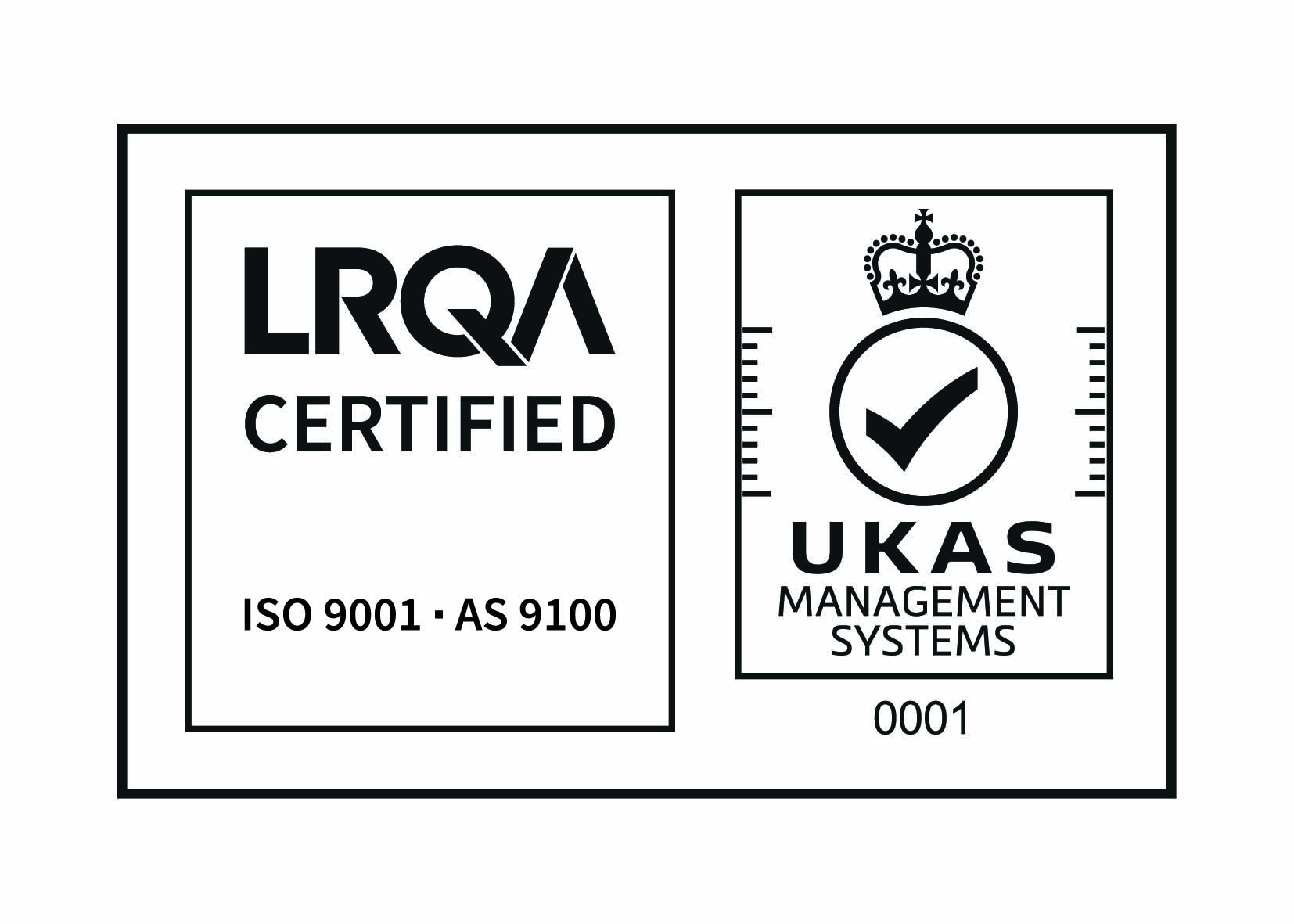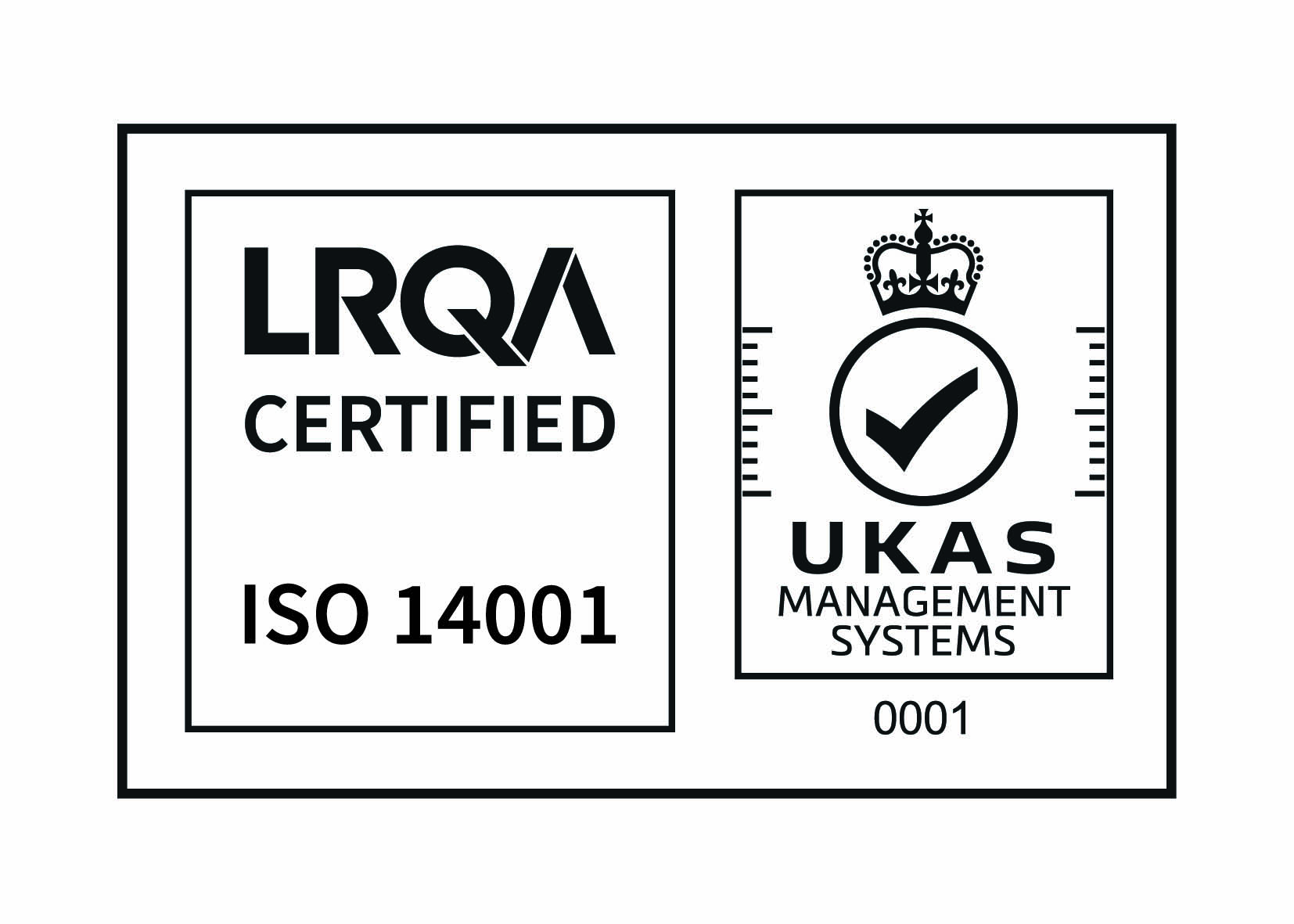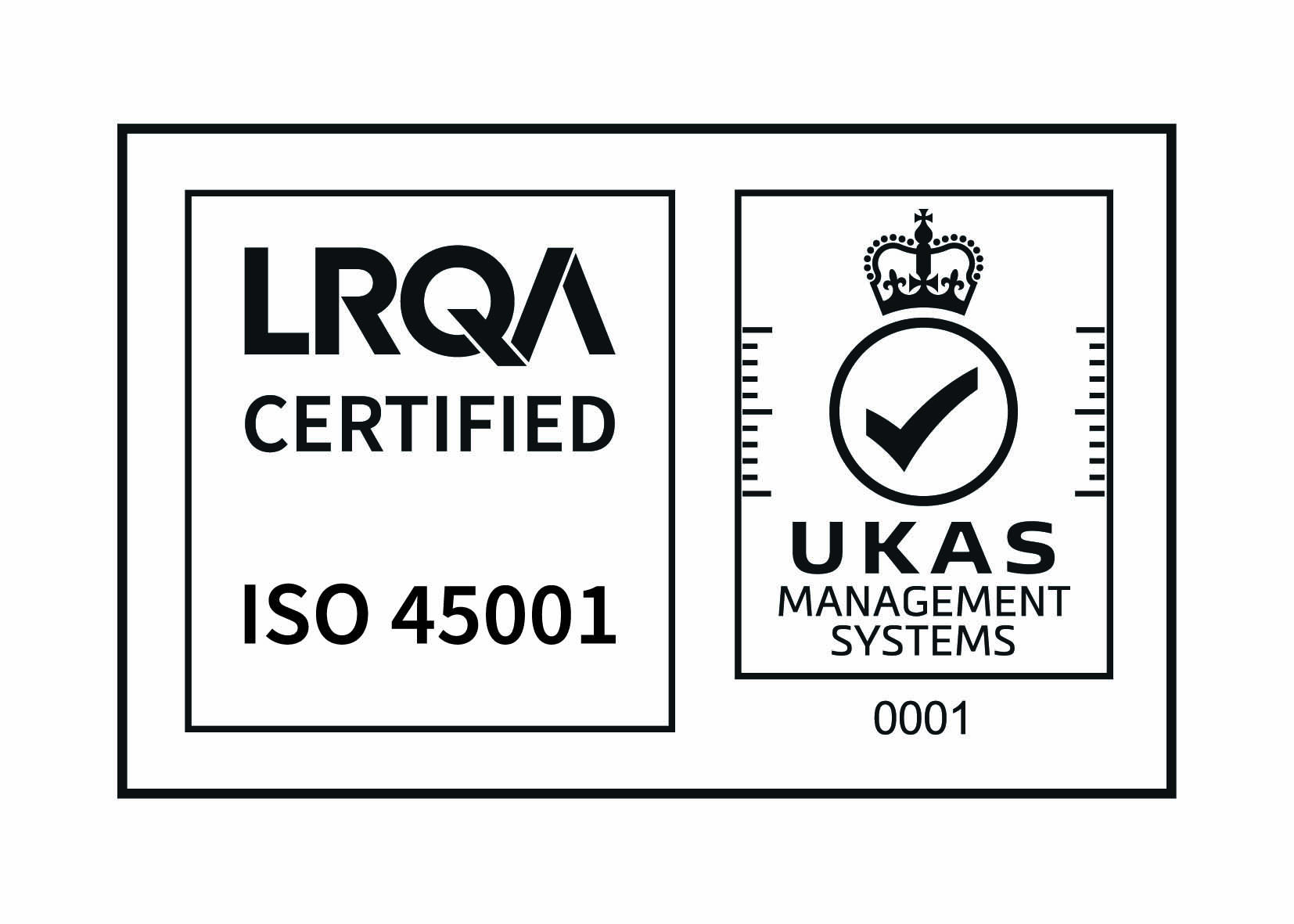Technologies
Technology is at the heart of our business. We provide specialist coating solutions to state of the art turbine components. Modern turbines operate at temperatures above the melting point of the alloy of its components. Together with advanced cooling systems the coating technologies are key drivers to increased engine performance.
Coatings applied at TST can broadly be split into two categories: environmental coatings which help reduce the rate of corrosion, and thermal barrier coatings (TBC) which are used to reduce the metal temperature of turbine components. Both types of coating allow extended component life and/or higher turbine operating temperatures, thus increasing the fuel efficiency and reducing the cost of operation.
Aluminising
Aluminising is the diffusion of aluminium into a substrate surface layer. Aluminide coatings protect the base metal from corrosion at elevated temperatures. Aluminising can be used as a standalone coating or combined with other coatings to create higher levels of corrosion protection. Parts are aluminised by using an aluminium rich source material and an activator at high temperatures. At TST aluminising is carried out by either powder pack or out of pack / vapour processes.
Platinum Plating
Coating the surface of a turbine component with platinum can significantly increase the corrosion resistance. Platinum can be used as a standalone coating or combined with other processes (e.g. aluminising) for corrosion protection or as a bond coat for thermal barrier coatings. Platinum aluminising offers better corrosion resistance to the turbine components at higher temperatures than the aluminising coating alone. Platinum is deposited onto the component surface by electroplating to the desired thickness and then diffused into the base material at high temperature under vacuum.
EB-PVD
Electron Beam Physical Vapour Deposition is a process used to apply ceramic thermal barrier coatings (TBC). Solid ceramic is evaporated using an electron beam under vacuum. The vapour within the coating chamber condenses into solid form therefore coating the substrate with a layer of ceramic. EB-PVD TBC has a characteristic columnar microstructure which gives it excellent resistance to the extreme thermal stresses experienced in modern gas turbines.
Plasma Spray / APS
Plasma Spraying is a form of thermal spraying where a powdered material is heated by an electric plasma arc and accelerated towards the part to be coated by a plasma gun. At TST Atmospheric Plasma Spray (APS) is typically used to apply ceramic TBCs using a robot to accurately control the movement of the plasma gun. The porous microstructure of APS TBC gives it superior thermal protection properties. APS TBCs can be applied with relatively high deposition than EB-PVD TBCs.
LVPS
Low Vacuum Plasma Spray (LVPS) is a plasma spraying process carried out under a controlled atmosphere. This prevents oxygen reacting with the coating during application and therefore produces a higher density and lower impurity coating than APS. Typically at TST, the LVPS is used to apply advanced MCrAlY coatings as bond coat layers to APS TBCs.




